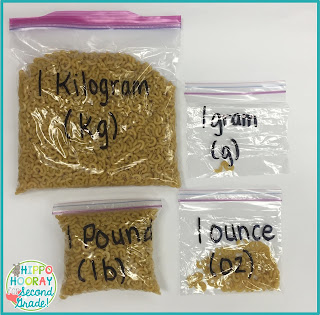Hello friends! I'm excited to pop in from 3rd Grade Pad and share with you my FAVORITE classroom rewards and WHY I use them!
I have many teacher friends who use a Classroom Economy quite successfully. Students earn tokens that can be redeemed for books, pencils, treats, etc. Parents are super supportive with donations, and the kids love it! I'm a pretty organized person and COULD do this, but the bookkeeping portion is not something that I wanted to add to my plate. Additionally, I seem to have students who just aren't dazzled by "stuff.
So, whether you need a system to support your Class Dojo, Homework, Facts Mastery or AR, here are SIX Free Rewards that your kids will LOVE!
It is so simple to set up a PREMIUM spot in your classroom! With the addition of Flexible Seating in so many classrooms, having a premium spot is sure to be a winner! A few years ago, my parents gave me an "old school" desk that I really love!
I used to put it outside my door as a place to store books during morning drop-off time & a place for me to place items for my helpers to grab-and-go. Now it is placed in a prime location near my teaching station! My VIP can see the Promethian board well, can advance slides for me, if needed, and can get extra "face" time with me! Be sure to check out Rachel Lamb's post on
Bloghoppin' with a great collection of images to inspire you! I keep a calendar in the desk, and my kids make reservations for the date they want. Beyond tomorrow...I just can't keep up!
If your teammates are agreeable, let your kids have a chance to eat lunch with one (or two) buddies from any class! Let's face it, some of your kids' friends aren't in the same class. Offering this special treat is not only easy....but easy to schedule, too!
All you need is an extra table in your lunchroom! Or.....an extra seat in your class's designated area. Our only requirement is to check-in with the other teacher to ask permission for "Susie" to sit with them for the day.
Classrooms today seem to range from 1:1 to 1 per classroom! Whatever level of access you have, kids love even having 10 minutes of access to their favorite activities--whether it is coding, math games, or an adventure.
Letting my kids choose these coupons are a BIG hit with my boys, especially! I designate certain times of day that kids can opt to redeem their Tech Time coupons so that I'm not asked to use their privilege at a time that I don't approve. Knowing that up front makes it super simple to have this access.
Each year, I have kids who are into some sort of figurine--From Webkins to Lego Figures to Minecraft characters to the Beanie Boos. Kids love bringing their treasures to school to display on their desk.
Don't we do the same thing? Heck, yes! It's the perfect treat for some kids! Now they have their chance! I've never had an issue with kids on their special day--only when they've tried to sneak it in!
Nuff said. I'll admit that I keep a pair of slippers in my cabinet for those days when my shoes just weren't in the cards to last all day.
Kids love walking in class in socks for the day--whether it is a special pair for the day or the random pair they put on when then got dressed. The freedom of no shoes feels great!
This one is not completely free, but it a one-time investment that keeps going! I purchased these containers early in the year and stuffed them with special things I have on hand--a smelly marker, a smelly pencil, fresh crayons, markers (they aren't in their supply lists so this is special), colored pencils.
Getting this bag for the day is awesome! I like to pull this one out later in the year when their OWN supplies are getting worn and not so special anymore. WARNING: You might want to make a few of these--it's a popular choice in my room!
How do I manage it? I use good old COUPONS!
- I choose one day a week. Period. Students go to my binder of coupons and make their choices.
- I write their name in Sharpie on the back. I worried about possible theft which prompted being a bit proactive in identifying the owner. Once they use their coupon, I check off their name to be reused once more. They really get a kick in seeing who had the ticket last! It also saves me time!
- I make a few sheets each, laminate them, and I am done for they year.
I use these to manage our School-wide Reading Goals Management. If you'd like to see more, click over to my
blog to see it in action!
I've created a FREE SAMPLE of my top 6 coupons in an Ink-friendly format that is ready-to-go for you! Just choose your favorite colored paper and you are ready to print! Start TOMORROW!
Click the image below to grab your download!
Hope these ideas will help support WHATEVER system you have in place!



















































